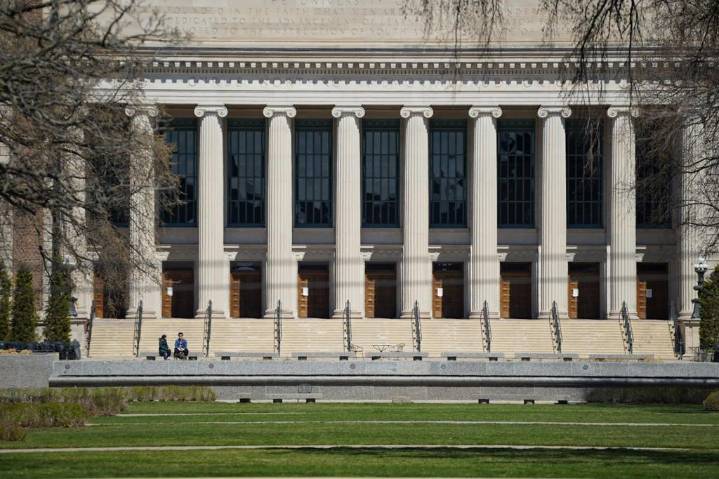By Jeremy Olson, Star Tribune
The University of Minnesota is investing millions in a quest to understand aging and why some people feel and look much younger or older than their birth dates suggest.
When it opens next summer, the University’s Institute for Healthy Aging will pursue, test and then provide strategies that help people achieve biological ages that are lower than their chronological ages, said Dr. Tim Schacker, executive vice dean for the University of Minnesota Medical School.
Biological age refers to the relative change over time in bodily and cellular function rather than how long a person has been alive.
“You could be a healthy, active 70-year-old and your biological age might be 55 or 60, something like that,” Schacker said. “You could be 70 but your biological age is

 Hartford Courant
Hartford Courant

 The US Sun Health
The US Sun Health Colorado Springs Gazette
Colorado Springs Gazette The Shaw Local News State
The Shaw Local News State Essentiallysports Football
Essentiallysports Football CNN
CNN OK Magazine
OK Magazine KLCC
KLCC Raw Story
Raw Story